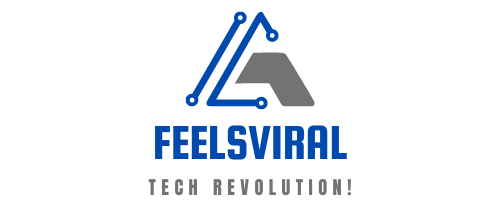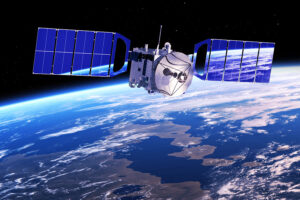The Internet of Things (IoT) is changing the way we make phone calls by connecting ordinary objects to the Internet so they can collect, share, and act on data. Changes like these are reshaping industries and sparking new ideas in many areas. As IoT devices become more ubiquitous, they are fundamentally changing the way communications work, creating both opportunities and challenges.
1. Expanding Connectivity with IoT
The Internet of Things (IoT) is making phone networks work with more than just smartphones and computers. The Internet of Things (IoT) is making the internet bigger and better by connecting everyday things like smart home devices, wearable technology, industrial sensors, and self-driving cars. Because of this growth, network infrastructure must evolve to handle the more diverse types of data generated by these connected devices.
2. Enhancing Network Infrastructure for IoT
With the rise of IoT, network infrastructure must become more sophisticated and available in more ways. Traditional phone networks are built to handle voice and data traffic from a small number of devices. Now they are changing to handle the huge amounts of data coming from IoT devices. In this context, technologies like 5G are important because they offer higher speeds, lower latency, and more space to meet the growing need to process and communicate data in real-time.
3. The Impact of 5G on IoT
5G technology is a key component in supporting IoT applications. It allows you to send and receive data quickly and clearly, which is important for real-time applications such as smart city infrastructure, self-driving cars, and telemedicine services. 5G is necessary for the IoT to reach its full potential, as it can connect large numbers of devices simultaneously and process different types of data.
4. Transforming Industries Through IoT
The Internet of Things is bringing about huge changes in many areas. IoT devices enable smart homes to automate and control home systems remotely, making life easier and saving energy. In healthcare, connected medical devices make telemedicine and remote monitoring easier, improving patient outcomes and access to care. IoT sensors and systems are used in manufacturing for predictive maintenance and improved production processes. This makes the process more efficient and reduces downtime.
5. Challenges and Considerations
Adding IoT to the telecommunications world has some benefits, but it also creates some problems. A major concern is the security of connected devices and the data they transmit. To prevent cyber threats and data breaches, it is important to have strong security measures in place. Managing the vast amounts of data generated by IoT devices also requires advanced processing and analysis skills. In addition, network congestion and bandwidth limitations are important to consider, as these can affect the performance and reliability of IoT applications.
6. The Future of IoT in Telecommunications
In the coming years, the Internet of Things will play a greater role in communications. Edge computing and artificial intelligence are two new technologies that will make IoT networks more usable, making data processing and decision-making at the edge of the network easier. These advancements will enable new applications and services, making IoT a key part of the future of telecommunications.
Conclusion
As the Internet of Things continues to evolve, it will continue to have a greater impact on communications. As networking technology continues to improve and new applications and solutions are created, the future of connectivity and communications will change. Adding IoT to telecommunications isn’t just about creating more connections; it’s also about creating a smarter, more efficient, and more flexible network to meet the needs of an always-connected world.
FAQs
1. What is the Internet of Things (IoT)?
The Internet of Things (IoT) is a network of real-world objects equipped with sensors, software, and other technology that allows them to connect to the Internet and communicate with each other. These devices can be anything from home appliances and wearable technology to vehicles and industrial machinery. They can all collect, share, and act on data.
2. What impact will the Internet of Things have on the telephone network?
The Internet of Things (IoT) is transforming telephone networks as more people want to connect and manage data. Traditional networks are built to handle voice and data from a small number of devices. They need to change to handle the large number of IoT devices and the huge amounts of data they create. As a result, it will be easier to build better networks, such as 5G technology.
3. What is 5G and why is it needed for the Internet of Things?
5G is the fifth generation of mobile network technology. It has higher speeds, lower latency, and more space than previous generations. It is important to the Internet of Things (IoT) because it enables the high-speed, low-latency communication needed for real-time applications such as smart cities and autonomous vehicles. 5G allows more devices to be connected simultaneously and allows different types of data to be processed more efficiently.
4. What role does the Internet of Things play in smart homes?
IoT devices such as smart thermostats, lighting systems, and security cameras are all connected to the internet in a smart home. This allows homeowners to control and monitor their homes remotely. By sending real-time updates and alerts, these devices can automate tasks, save energy, and make things safer.
5. What are the applications of IoT in healthcare?
IoT is used in healthcare, such as telemedicine (virtual consultations) and smart medical devices (real-time data collection). Wearable devices can be used to monitor patients remotely. These technologies improve patient care by allowing patients to be monitored at all times, making access to care easier and collecting useful information for personalized care.




